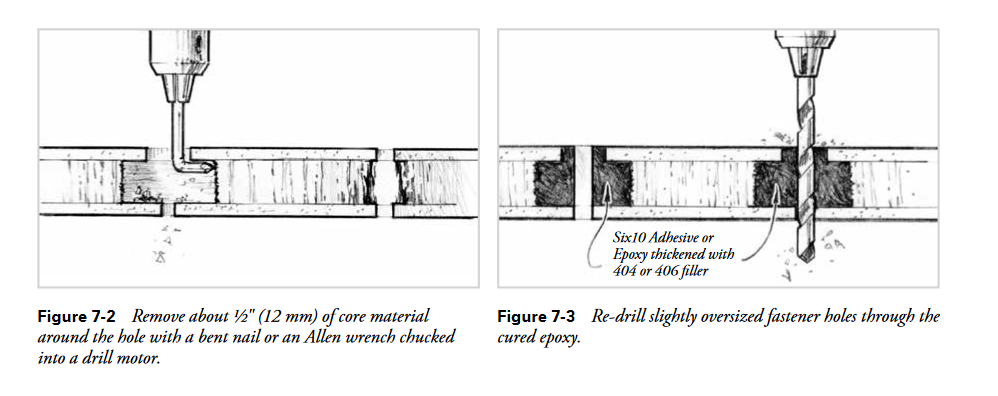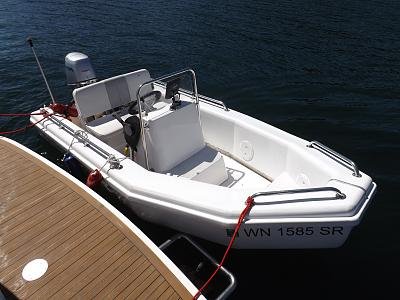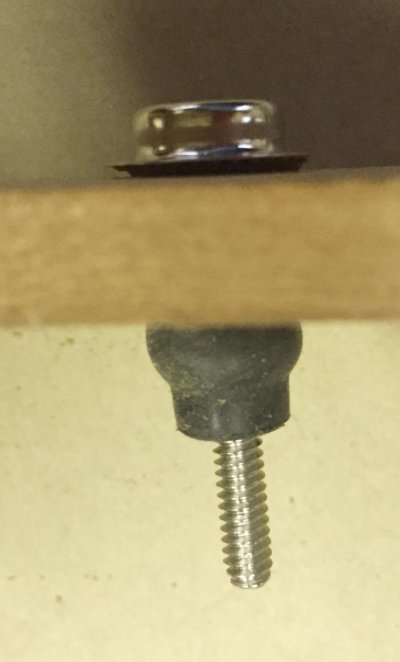Wdeertz
Senior Member
I have a 11.5’ rigid bullfrog tender (https://www.bullfrogboats.com/) that came with the boat I recently purchased. I like the ruggedness and durability of this tender but there are no cleats for tying lines to. I purchased some cleats to add but when I went to install learned the rigid shell is foam filled so there is no easy way to get to the underside of the pvc shell. I inquired of the manufacturer and their response is the rails on the boat are designed to handle the load of lines. I could use screws into the pvc to hold the cleats but that’s unlikely to provide sufficient holding.
Anyone else have a similar type tender and figure out a way to add proper cleats? I obviously could remove the foam filli g to get to the underside and then add new foam but this isn’t an optional choice. I thought about some sort of fastener that expands like you use for drywall hanging but not sure anything will expand with the foam filling. All inputs appreciated.
Anyone else have a similar type tender and figure out a way to add proper cleats? I obviously could remove the foam filli g to get to the underside and then add new foam but this isn’t an optional choice. I thought about some sort of fastener that expands like you use for drywall hanging but not sure anything will expand with the foam filling. All inputs appreciated.



